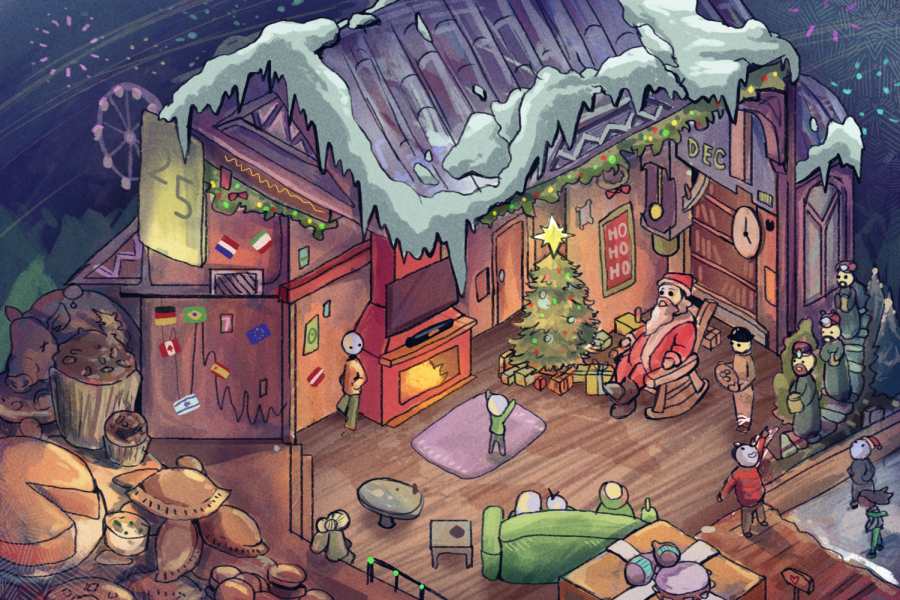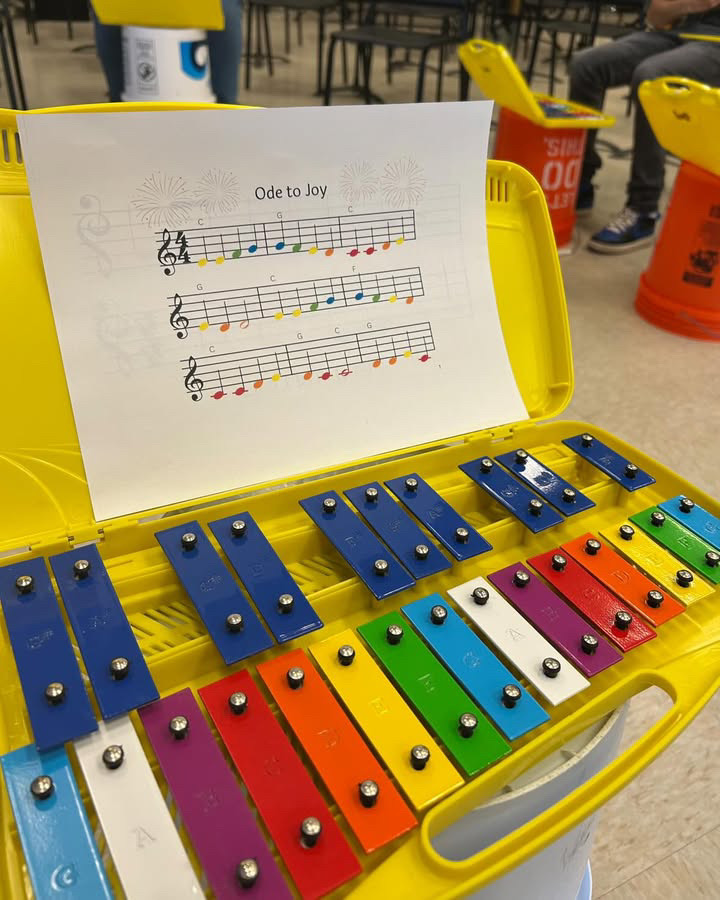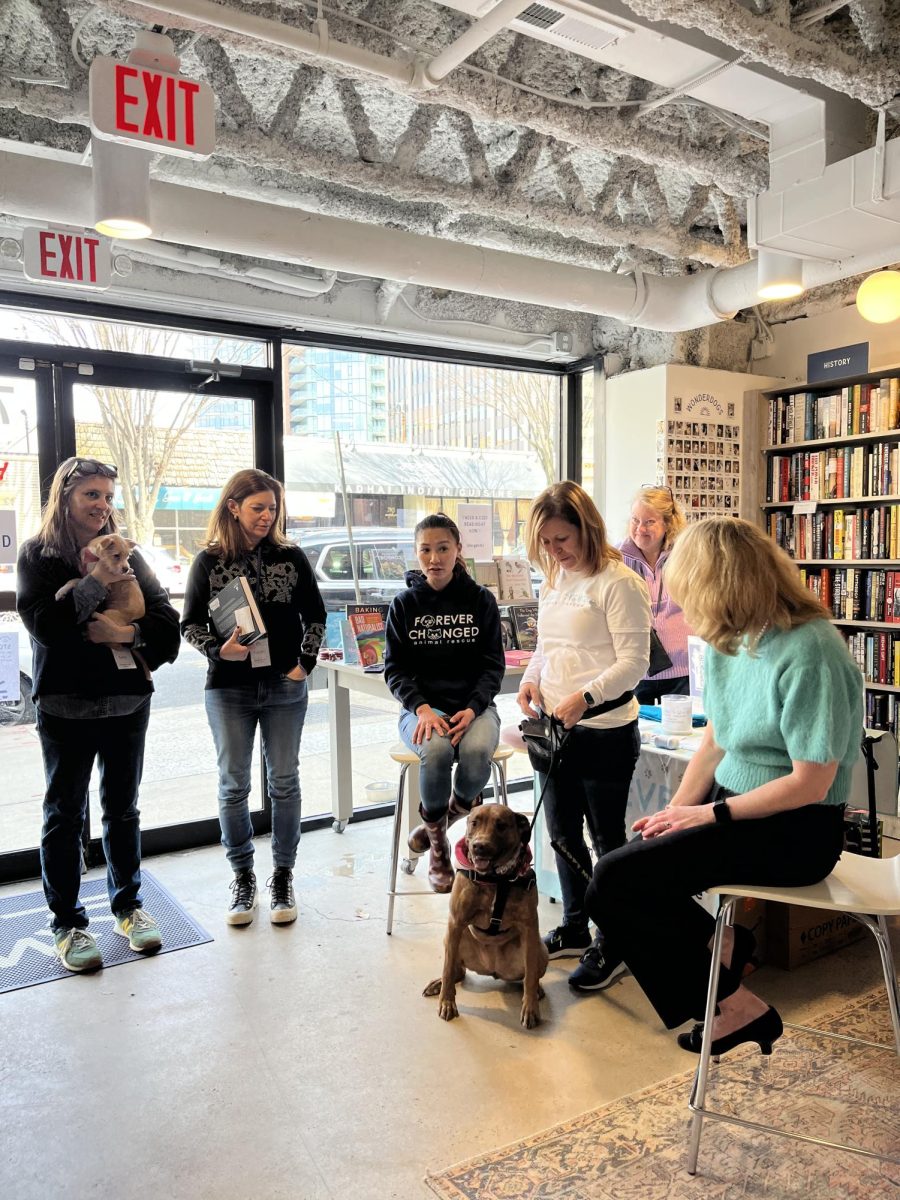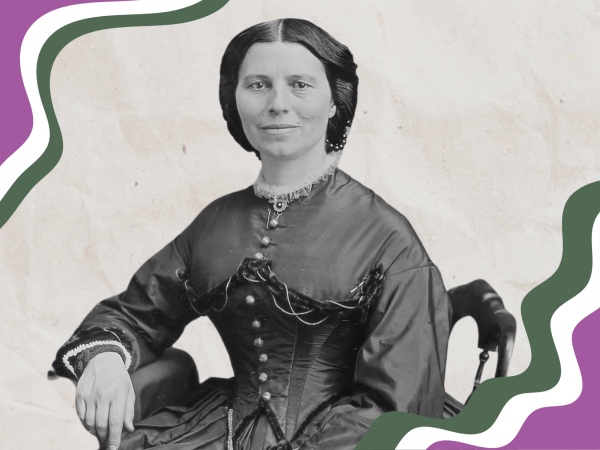Markets, maracas and midnight meals: International students share their Christmas traditions
Each celebration involves flavorsome food, but the traditions native to students’ home countries diverge in many aspects.
December 27, 2022
From firework-filled Christmas parades to singing Christmas carols around a decorated tree, celebrating the holiday season looks different for each of Whitman’s international students. Each celebration involves tasty food, but the traditions native to students’ home countries diverge.
Spain: junior Maria Samos
While other students across the U.S. eagerly open gifts from Santa Claus on Christmas, Samos waits in anticipation for Jan. 6, which marks El Dia de Los Reyes Magos, or the Day of the Three Wise Men, to receive her presents.
After a church service on Christmas Eve, Samos and her family gather to enjoy a scrumptious dinner consisting of cochinillo, a plate of roasted pig with crispy skin and tender meat. As for dessert, Samos’ grandmother whips up a flavorful flan topped with whipped cream and nuts. The Roscon de Reyes is another favorite tradition for which Samos’ family hides a figurine in the bread-like cake; whoever finds it in their slice receives good luck and, in some parts of Spain, must pay for the treat.
El Dia de Los Reyes Magos is a hallmark of the holiday season in Spain. The day before El Día de Los Reyes Magos, however, the Samos family celebrates their night in the streets of Madrid at la Cabalgata de Reyes, a traditional Spanish parade. Spanish families fill the streets to observe the colorful floats carrying the Three Wise Men under Spanish music and Christmas lights. Samos enjoys the lively cavalcade and recalls catching pieces of candy thrown from the carriages to the audience, she said.
On the eve of Jan. 6, the Samos siblings each place one of their shoes under the Christmas tree, awaiting a present from one of the Three Wise Men. The eldest child receives presents from Melchior. The middle child accepts gifts from Gaspar and as the youngest child, Samos thanks Balthazar for her presents.
“I just like to spend a lot of time with my family and have a lot of unique traditions that I love to do with them,” Samos said.
Brazil: senior Bruno Yochikawa
On the night of Christmas Eve, Yochikawa reunites with his extended family in the Brazilian city of Rio de Janeiro to watch the fireworks illuminate the sky and observe the festive decorations, light displays and Christmas trees scattered throughout the city. At around midnight, the group returns home to a meal filled with traditional Brazilian flavors. Christmas dishes typically contain a source of protein — like pork, ham or turkey — and are complemented with farofa, roasted flour with corn and tapioca. Like many Brazilians, Yochikawa and his family top it off with ingredients from the Southeastern region that range from eggs and raisins to dry fruits, almonds or walnuts. Finally, the meal ends with brigadeiros — bite-size chocolate treats made with sweetened condensed milk — a cinnamon French toast called rabanadas and a circular Brazilian flan sweetened with condensed milk.
“Brazil is a very diverse country. Every single family has its tradition that they push from their European, African or Asian descendants,” Yochikawa said. “But Brazil created a good tradition and good food tradition.”
In southern Brazil, the traditional festivity of the Folia de Reis, or Festival of Kings, takes place between Christmas and the Day of the Three Wise Men on Jan. 6. During the days-long celebration, dancers and participants sport colorful costumes and travel door-to-door singing, asking for alms and reenacting the story of the Three Magi Story — a traditional holiday tale.
On Christmas day, Yochikawa and his family unwrap Santa’s presents under the Christmas tree, which is topped with the Star of Bethlehem in Brazil. The Yochikawa family also distributes presents from their amigo oculto — similar to Secret Santa — a popular tradition among Brazilian families.
“I like that every Christmas is actually one way to come around the family and friends and just appreciate what you have,” Yochikawa said. “There’s a lot of happiness around this time of the holidays [and] I think it’s really just seeing your family again.”
Germany: junior Amelia Forner
Each December, Forner’s friends and family look forward to Weihnachtsmarkt, an attraction-filled Christmas Market in Bonn, Germany. Starting at the beginning of the month, Forner enjoys a night of ice skating under the Christmas lights and a steaming mug of hot cocoa while taking in the snowy view from the market’s Ferris Wheel.
“I really love ice skating, and I also really like the Christmas market,” she said. “I’m sad because they don’t have it here in the U.S.”
On Christmas Eve, Forner and her family attend church to watch Krippenspiel, a play about the Christmas story. They then head home for a Christmas dinner of raclette with an assortment of cheeses, potatoes, onion and pickles, accompanied by Christmas cider punch. For dessert, Forner’s family ends the night with Zimtsterne and Bratapfel, chilly cinnamon and apple-flavored ice cream. Before bed, they open presents from Weihnachtsmann, Santa Claus, under the Christmas tree.
Starting on Dec. 1, Forner and her family practice the annual tradition of opening the Adventskalender, or advent calendar, a wooden box that contains different gift compartments for every day of the month until Christmas Eve. Each day, Forner opens a new compartment to find a small gift from a little mouse called “Adventskalender Maus”.
Colombia: junior Isabel Garcia-Musalem
Garcia-Musalem and her family begin their Christmas celebrations on Dec. 16 by gathering with her extended family, shaking maracas and singing holiday songs next to their Christmas tree. This religious custom is called the novena, which Colombians widely celebrate. For each night until Dec. 24, Garcia-Musalem and her family distribute tambourines and maracas to sing Spanish Christmas carols and pray. After attending a midnight church service on Christmas Eve, the Garcia-Musalem family enjoys a feast of traditional Colombian and Latin-American cuisine. Garcia-Musalem looks forward to meat-filled empanadas with aji hot sauce, toasty arepas, fried crispy patacones and her mother’s mousse de maracuya — passion fruit mousse. They also feast on candied flan and alfajores with a dulce de leche filling.
In preparation for the festivities, Garcia-Musalem and her family construct and decorate a pesebre, or a Nativity Scene, next to the Christmas tree with decorations they have around the house passed down for ages, she said. Usually, the family stacks tables and cover them with green cloth to create a mountain, and adds fake trees, moss, figurines and other detailed touches. Finally, on Christmas morning, the Garcia-Musalems gather around the Christmas tree and open presents from Papa Noel.
“It’s very family oriented,” Garcia-Musalem said. “I love having everyone in the same house, celebrating the same thing.”











